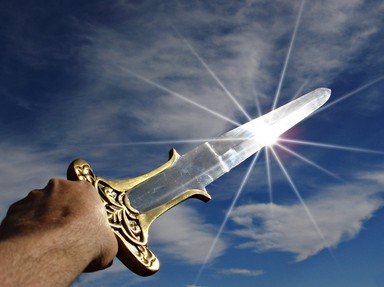Quiz Answer Key and Fun Facts
1. The Battle of Waterloo took place in 1815, and was Napoleon's last major battle. But within which modern country is the battlefield to be found
2. The Battle of Blenheim was fought in 1704 and was one of the defining battles of the War of Spanish Succession. But in which modern country is the battlefield located?
3. The Battle of Bastogne was a key battle in World War II, but where today would you find this town?
4. The Battle of Austerlitz was fought in 1805 and was arguably Napoleon's greatest victory. In which modern day country would you find the battlefield?
5. Fought in 1863, the Battle of Gettysburg was the pivotal battle on the eastern front during the American Civil War. Asking you in which country it was fought is too easy! Instead, name the US state where the battlefield can be found.
6. In 331 BC one of the most brilliant victories in the history took place. Alexander the Great's Macedonian army inflicted a crushing defeat on a Persian army many times its size at the Battle of Guagamela. But in which modern day country would you find the battlefield?
7. The Battle of Cannae, which occurred in 216 BC between the Romans and the Carthaginians, was the stand out battle of the Second Punic war. Hannibal, the leader of Carthage's army, inflicted a decisive defeat over a superior Roman army. But in which modern day country is the battlefield located?
8. The outcome of the Battle of Hastings in 1066 between the Normans and the Saxons allowed the last successful invasion of England. Asking you to name the country is too easy, so in which English county did this battle take place?
9. The Battle of Trafalgar in 1805 was a sea battle fought between the British and the combined French and Spanish fleets. Off which modern day country's coast did this battle take place?
10. The date is 1571 and the Battle of Lepanto saw the Holy League, an alliance of Roman Catholic states, defeat the insurgent Ottoman fleet. Off which country's coastline did this pivotal battle take place?
Source: Author
Mightybear
This quiz was reviewed by FunTrivia editor
ponycargirl before going online.
Any errors found in FunTrivia content are routinely corrected through our feedback system.

